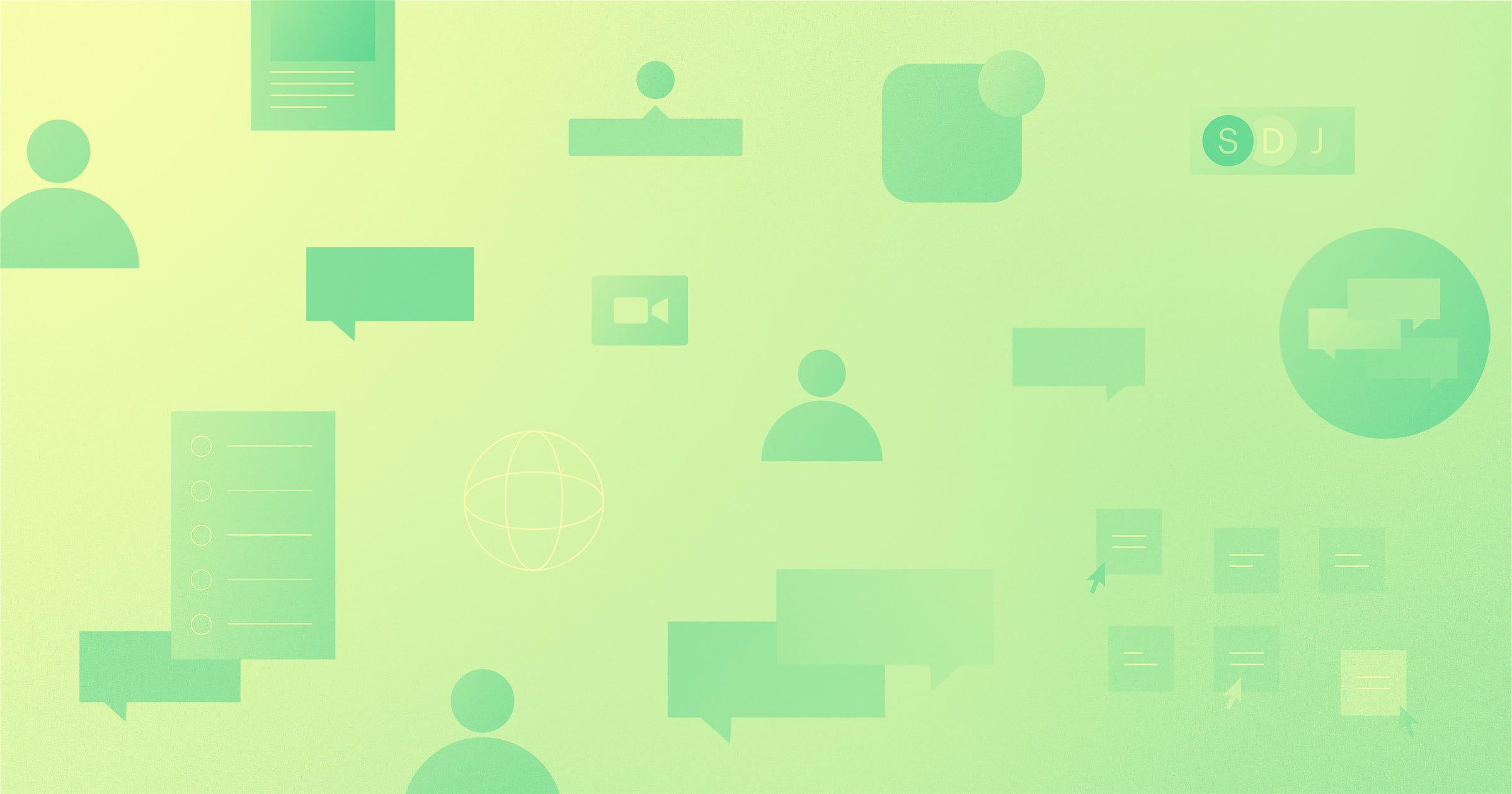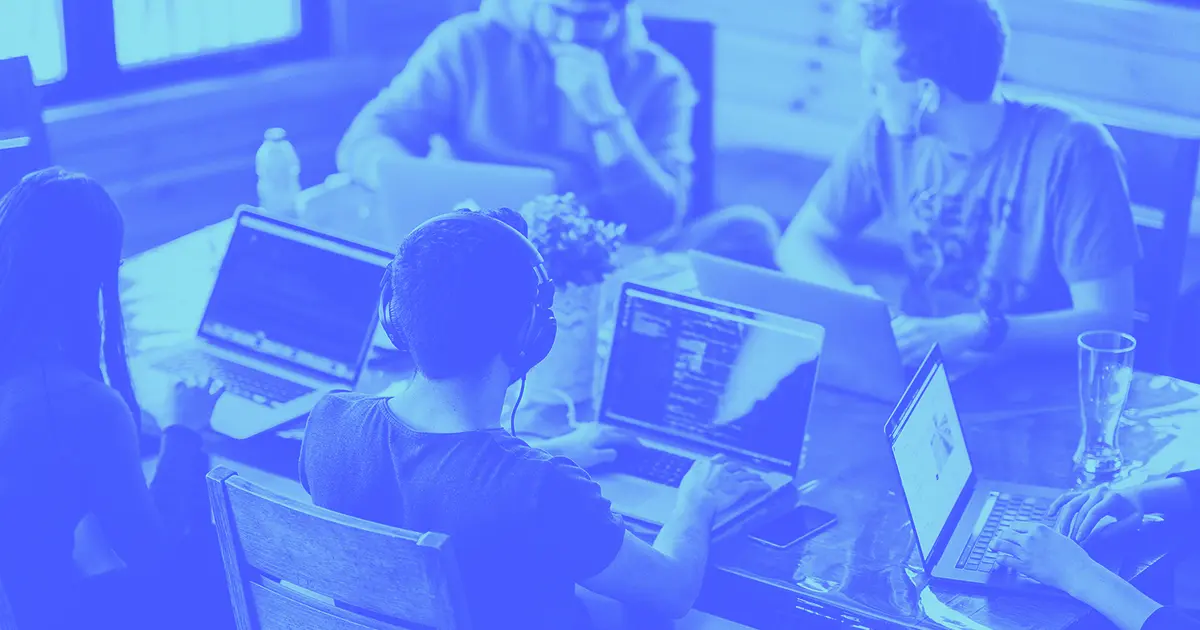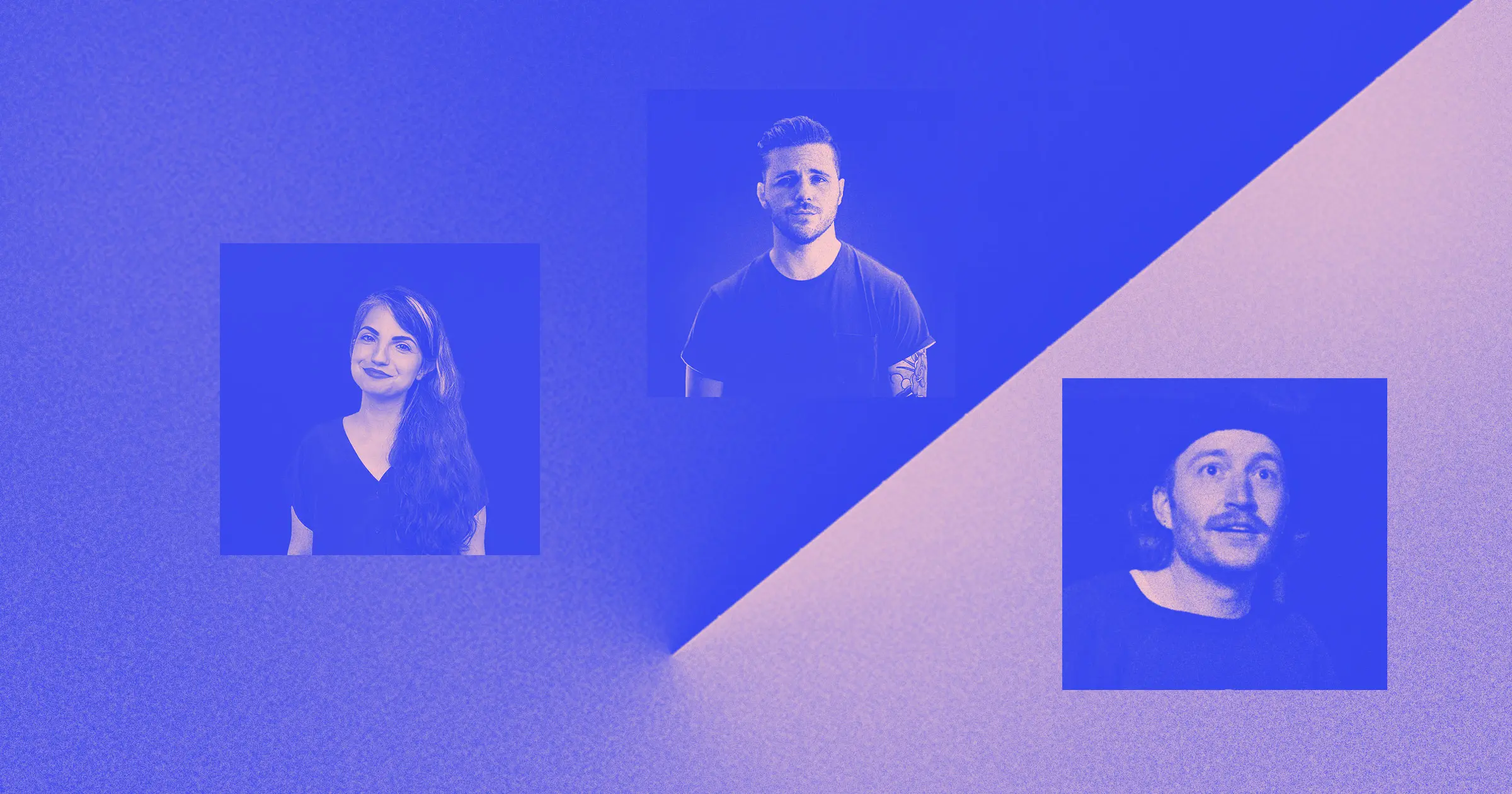Early last year, the Webflow Design team was busy planning our first team retreat in New Orleans, Louisiana. But our plans, like everyone else’s, changed once the pandemic hit.
As we worked to change our in-person retreat into a remote one, we didn’t want to feel confined by a virtual format. And while we couldn’t replace the magic of in-person gatherings, we challenged ourselves to consider, ‘What can we do remotely that we can’t do in person?’
With that lens, we realized we had the opportunity to connect with folks we otherwise couldn’t connect with in New Orleans. In fact, we could invite an entire design team outside of our own to join us. With that idea seeded, we invited the Figma design team to join us for a coffee break, and thus, the design fika was born.
A design fika is an hour-long, informal meeting between two design teams. We borrowed the concept from the Swedish fika, a daily social tradition centered around a simple coffee break.
For the past three quarters, we’ve used design fikas to connect with different design teams, including Lattice and Loom. Along the way, we’ve learned how to facilitate a fun and fruitful meeting.
Feeling inspired after our social with the @webflow and @loom design teams, hooray for lovely people on the internet, inter-company collaboration, and covid dogs! pic.twitter.com/1xnljXqbMK
— Cassie McDaniel (@cassiemc) November 17, 2020
How design fikas work
Fikas are a low-effort, high-reward activity that take just a bit of planning.The basic ingredients are simple: Zoom (or other video conferencing tool), a time limit, and an agenda. (Warm beverage optional, but highly encouraged!)
You’ll want to set enough structure to help break the ice and seed conversation, but not so much that it feels like just another meeting. This means guiding the group through intros, providing a discussion topic, and assigning roles — all while encouraging the group to gravitate toward topics relevant to them.
Our agenda has evolved over time, and currently looks like:
- Intros (10 minutes): Start off with hellos and introductions that include name, location, and role. This is also when the discussion topic will be shared, but the group should feel free to follow the direction their conversation takes.
- Breakout session (30 minutes): Then, the host will break everyone into groups of four or five. Groups will use the first five minutes for another round of intros, and assign a facilitator and notetaker. The facilitator will help guide the group through the topic, while the notetaker will capture thoughts to share with the larger group.
- Regroup and share (15 minutes): Everyone returns to the main room and shares some insights from their breakout discussions with the broader group.
- Farewells (5 minutes): Wrap up and see ya laters.
Predetermined topics help ease the pressure of chatting with new folks, and also help designers reflect and share their own experience and learnings. Some of the topics we’ve covered thus far include:
- Fostering intra-team collaboration in a remote world
- Activities that help you recharge your energy for remote work
- Being the champion of your own career growth
However, we’ve also found ourselves gravitating towards topics like bread making and Baby Yoda! Part of the joy of a fika is the connection and commonality we discover among teams.
The strength of the fika format is its endless customization. It helps to have a designated co-host on the other team who can share a bit about their team and preferences, and help brainstorm potential topics. This way, you can tailor the session to both groups’ needs.
Just as the way we work and live has fundamentally changed over the past year, networking needs to evolve for this new landscape of remote teams. In a time of limited social interaction and virtual events, design fikas have become a valuable way to stay connected and get inspired by the larger design community.



















Build websites that get results.
Build visually, publish instantly, and scale safely and quickly — without writing a line of code. All with Webflow's website experience platform.
How to participate
Now that we’ve seen the value of the design fika, we want to help other teams host their own! We hope to see Design Fikas evolve and help our industry have open and honest conversations about many topics, including ones that might require more vulnerability like ethical design, diversity, equity, and inclusion, and more.
If you’re part of a design team and would like to participate in a design fika with another organization, fill out this form:
After you’ve filled out the form we will match teams together and send out first introductions during the second week of April, 2021.
This is an experiment, and we’ll collect feedback from participants as we iterate! If you or another team you know of would be interested, please pass along this post and encourage them to submit to the form.































